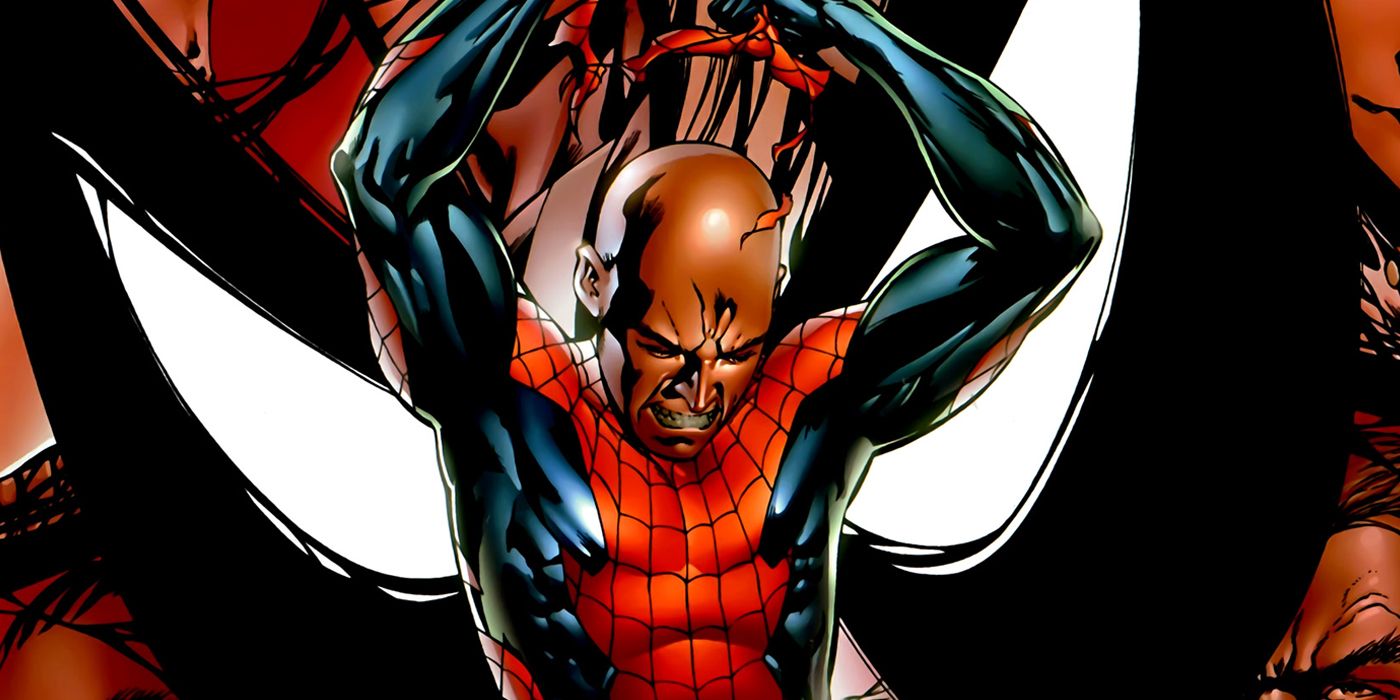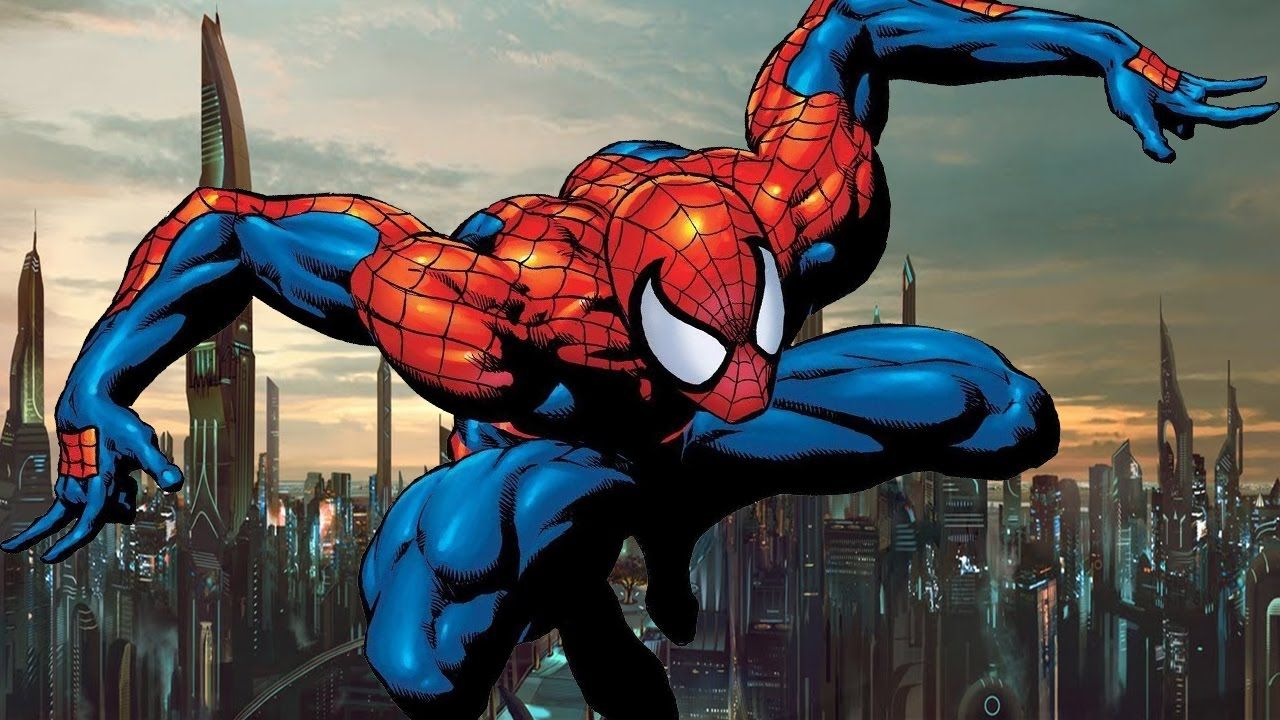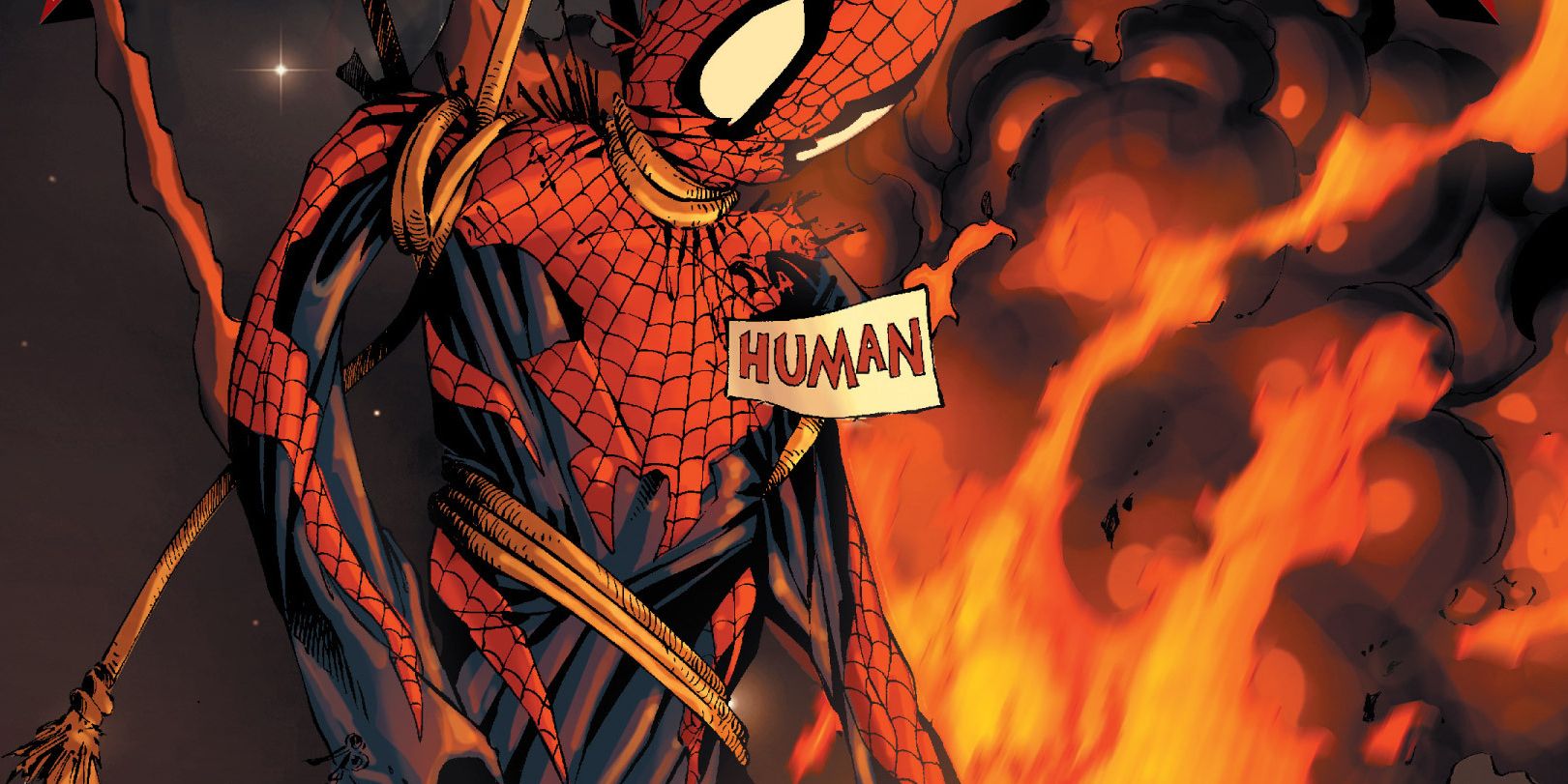A hallmark of Spider-Man as a character is just how tragic he is, with happiness constantly eluding him. For his great power he is forced to undertake great responsibilities, and as much fun as he seems to have being Spider-Man, much of the character's pathos is wrapped up in his misery and personal demons. That is part of the reason that his House of M incarnation was such a stark departure. For once readers got to see what a happy well-adjusted Spider-Man really looked like. As short-lived as the story was, it may be one of the most illuminating to what makes the character really tick.
House of M involved the creation of a pocket reality by the mutant reality manipulator Scarlet Witch. After suffering a mental breakdown, Scarlet Witch attempted to create an idealized world where mutants were the dominant majority on the planet over and above humans. This had far-reaching ramifications for all of Marvel's heroes, but for Spider-Man it meant he finally had the happy life he always wanted.
In the House of M reality, Spider-Man lived a privileged life as a celebrity, bolstered by his spider-powers in a career as a professional wrestler and actor. Many of the loved ones whose deaths so tragically motivate him in the mainstream 616 universe were alive in the House of M reality. Uncle Ben, Gwen Stacy, and Gwen Stacy's father live happily alongside Peter and members of his rogues gallery are instead close friends. Overall it was a life without complication...except for one detail.
While Peter Parker's identity as Spider-Man is well known to the public at large, what they do not know is that he is not actually a mutant. In the House of M reality, mutants are the dominant species, the flip side is that powered humans are demonized as freaks. Spider-Man's entire life is propped up by his masquerade, and that ends up being the core to his greatest problem. In the solo series Spider-Man: House of M, the web-slinger begins to harbor a deep psychosis because of his secret.
Plagued by nightmares of his loved ones' deaths from the 616 reality, he ends up creating a dual personality as the Green Goblin, exposing his secret and publicly shaming himself until his family and friends discover the truth. In the end, Spider-Man ends up faking his death publicly while sending a threat to Magneto that he would return if further injustice against humans were committed. But perhaps the greatest consequence of the story is the importance of tragedy in the wall-crawler's story.
Spider-Man is a tragic figure, from his inception it was his grappling with real world problems that made him the relatable and likable hero that endured for so many decades. What the House of M story embodies is how crucial that suffering is to Peter Parker's life and just how much of a driving force those problems are. Ultimately, he's just not meant to live the carefree life of a self-obsessed celebrity.
In the end, Spider-Man participates in the final fight to restore reality to its natural order, leaving the Spider-Man of 616 with all his memories from his time in the House of M world. The experience is likely as enlightening for the character as it is for the audience. As terrible as the deaths of those around him have been, the character can see the importance of those moments in forging the future he created. It may not be perfect, but at the end of the day living his life is his responsibility.



